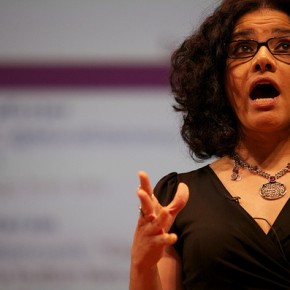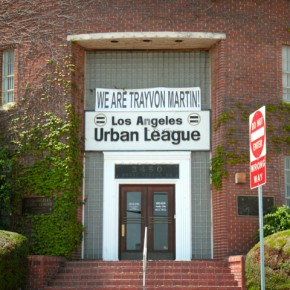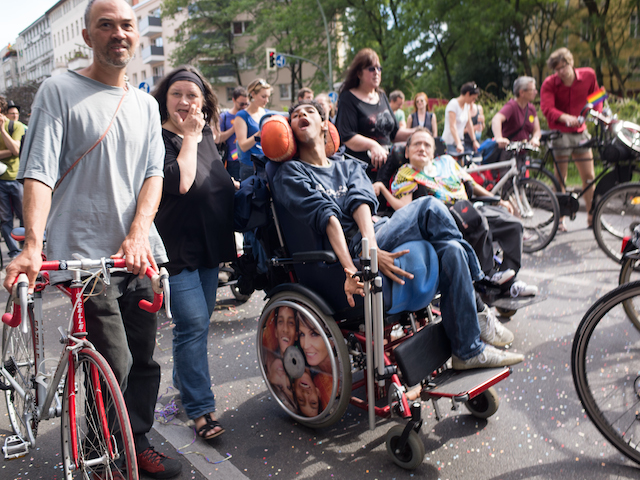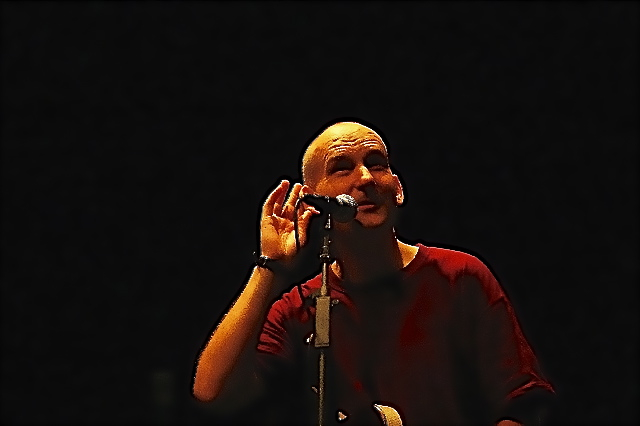Last December, I “celebrated” my first anniversary of living on the street. Hence, it is perhaps a bit overdue for me to reflect on and share some thoughts about the experience. Since I first became homeless, I’ve lived out of my car, which is a blessing compared to the many people trying to get by in the growing number of tent communities in the U.S. or with no roof at all.
Following another car resident’s advice, I found an appropriate area in which to park each night. I nestle my car amongst others on a street next to a major park bordered by a sidewalk, a wall, and tall trees. There, when reclining, I’m usually out of view of the windows of residences across the street. Nevertheless, I don’t go completely unnoticed. However, most who see me are patrons of nearby restaurants and bars who are arriving or departing with more important things on their minds. I am also blessed that the park guard who walks by my car each night shining his flashlight through my car windows has never notified the police about me or other car residents who are sometimes not far behind or in front of me. The ease at which I am able to sleep in my car there is surprising, though keeping the radio on softly all night — thank you car battery — is no doubt a contributing factor.
Perhaps reducing the risk of my sleeping there has been my usual departure between 3 and 4am to go to San Francisco’s only 24-hour Starbucks. At about that time, seats start to open up as students who usually fill the place finally decide to call it a night. Customers staying for hours is a norm there that would not fly in many other places, and I — and the many students — are indebted to Starbucks for the courtesy. This cafe and others have combined to become my low-cost office. As Starbucks puts it, “Starbucks is pleased to offer complimentary Wi-Fi including the premium content of the Starbucks Digital Network to customers who are enjoying our food and beverages.”

The parking area next to Marina Green has remained what I call my primary living room. The great views there are supplemented by the antics of numerous dogs and their owners and of dozens of young soccer players. Most interesting, though, is the daily routine of a woman I call the Bird Lady of Alcatraz. Each day, she spends a few hours parked by San Francisco Bay — within view of Alcatraz — feeding, petting, and speaking to the pigeons (many often adorning her head, shoulders, and arms), while being the subject of many a(n unwanted) photo.
My “feeding” became partly subsidized by the state of California via $200 of “food stamps” per month. Thankfully, “food stamps” now come in the form of a machine-readable card, but food checkout can still be cumbersome and, hence, attention-getting if the checkout person doesn’t detect quickly enough that a food stamp card is being used to pay. There are also odd restrictions on card use, including the prohibition of buying hot food at a grocery store. What makes this odd is that carriers of such a card are probably often without the ability to heat food, while the card can be used to purchase hot food at designated restaurants. (And don’t get me started on the broken process for applying for food stamps…)
Much of my “petting and speaking to” has come from the person who kindly receives and holds my mail for me. The conversations that I have had when I collect my mail are always warm, meaningful, in depth, and invaluable. He has also treated me to viewings of museum exhibitions coupled with insightful commentary derived from his abundant artistic expertise. (Additional and daily invaluable “petting and speaking to” has come via phone and the internet from someone 7400 miles away.)
I’ve made very few connections with others who are homeless, but I’ve come to know how diverse the homeless community is. One of the leading findings from research done by students at the Austin Center for Design (ac4d) was the extent to which stereotypes of the homeless are wrong. This was highlighted in the news recently by two stories, one estimating that 2000 children attending San Francisco schools are homeless, and the other about a homeless teenager in Long Island who was a semi-finalist in a prestigious Intel science competition.

I greatly appreciate efforts such as ac4d’s to tell the stories of the range of people who find themselves homeless. Other such efforts include Vaughn McIlrath’s blog of stories about the homeless people he has interviewed, Pachi Tamer’s attempt at “putting a face on the homeless” via use of Instagram, the Palo Alto Online News‘ descriptions of some of the “vehicle dwellers” in Palo Alto CA, the Unheard in New York project via which homeless people told their own stories via Twitter, and Wendy MacNaugton‘s touching visuals and stories about people living in the downtrodden San Francisco neighborhood centered at 6th and Mission. I am also impressed by Australia’s declaration of a week in August as being National Homeless Persons Week.
Also based in Australia is a fundraising project called the “CEO Sleepout: Rise to the Challenge”via which Australian business leaders meet and hear the story of a homeless person then proceed to spend the night in the rough to get a sense of what many of Australia’s homeless are forced to experience every night.
San Francisco efforts to bring people in meaningful contact with the homeless include the “Curry without Worry” project which offers free Nepalese food each Tuesday evening “to foster ‘a merging of communities’ between the haves and have-nots” and an annual block party outside of St. Anthony’s where more than 3000 free lunches are served each day.
All of these efforts are laudable, but in our mainstream culture, attitudes and behaviors towards the homeless leave perhaps too much to be desired. I’ve attended both of the local events referenced above and could count the number of “haves” in attendance on a single hand. Some days it seems as if the “haves” are completely content to look down their noses on the homeless as reflected in a U.S. law firm’s Halloween party at which everyone was costumed to mock the people that the firm — known as a “foreclosure mill” — made homeless. Nilofer Merchant highlighted the depth of this cultural divide this way:
As argued by Barbara Ehrenreich, “to be homeless in America is to live like a fugitive.”
Sadly, I’ve witnessed numerous negative attitudes and behaviors towards homeless people, from unwarranted harassment by police officers at a farmers market to a tweet expressing disgust with a homeless person seen asking for money so he could purchase a Starbucks latte. Are homeless people to be always deprived of pleasures that others can take for granted? Sometime take a look at all the derogatory comments made about Palo Alto’s homeless in response to the article referenced above describing some of them. As Becky Blanton stated in her TED talk entitled, “The year I was homeless”: “society equates living in a permanent structure with having value as a person” and “how quickly the negative perceptions of others can impact our reality if we let it.”
Fortunately, I’ve only been harassed on the street once, though many probably kept their distance at other times when the number of showers I was able to take each week was two. Presently, that number is back to “normal” and has been three other periods of time when I’ve been fortunate enough to secure house-sitting gigs. Though it has been great to experience some degree of normalcy again during such gigs, I’ve discovered that a special kind of freedom and vulnerability is actually lost when I once again have a home, even one that is temporary.
What can you do? Quite simply, open your heart and mind to those who are homeless. As one homeless person told the Chicago Daily Herald, “[those who judge the homeless] need to sit down and talk to someone who is homeless once in a while and find out more of the story.”
We homeless are people, too.
Photograph courtesy of devinish. Published under a Creative Commons license.






